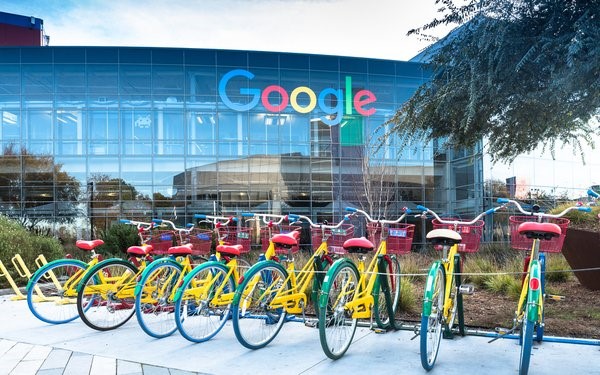Why Google’s Outcome Will Prompt Other Ad-Tech Industry Breakups
Why Google’s Outcome Will Prompt Other Ad-Tech Industry Breakups

About 150,000 online ad sales every second. That’s the number a Justice Department prosecutor, in opening remarks at Google’s antitrust trial, said the company’s technological infrastructure funds through the flow of news and information through websites.
Julia Tarver Wood, an attorney with the Justice Department’s antitrust division, said in an opening statement reported by Reuters that “Google is not here because they are big, they are here because they used that size to crush competition.”
Some $31 billion — or about 10% — of Alphabet’s total revenue of $307 billion, came from display and video advertising in 2023. The justice department claims Google abuses its monopoly power, forces advertisers to pay higher prices, and publishers see less profit.
Emarketer expects Google’s U.S. ad revenue from advertising to reach $89 billion in 2026, up from nearly 78 billion this year. The number includes all advertising that appears on desktop, laptops, mobile phones, and other internet-connected devices in various formats such as YouTube.
Meta, to put Google’s U.S. number in perspective, is expected to report nearly $65 billion this year, Emarketer forecasts. But this number only includes paid advertising. Microsoft is forecast to report more than $10 billion this year from advertising.
Still, Google’s lead attorney Karen Dunn believes the case is based on “ancient history.”
The case is similar to “a time capsule that if you broke it open you would find a BlackBerry, an iPod and a Blockbuster Video card,” Dunn said on the first day of trial in front of U.S. District Judge Leonie Brinkema.
Brinkema is hearing the case without a jury and will rule on the outcome, which some expect to take multiple weeks.
Dunn will defend Google’s behind-the-scenes ads business in this case. She also prepared Vice President Kamala Harris for the televised debate with former President Donald Trump set to take place Tuesday evening.
Google’s technology interoperates with other companies. Still, prosecutors want to show that the Alphabet company used dominant positions in technology for publishers and advertisers to keep them from using other tools and undercut bids placed through competitors’ products.
Arielle Garcia, director of intelligence at Check My Ads, summarized the Department of Justice claims into three buckets via an email. Garcia wrote that the justice department will try to prove Google created a monopoly through an advertiser ad network, publisher ad server, and ad exchange that connects the two.
One major concern is that Check My Ads believes digital advertising is the Internet’s business model, and with unchecked power for much of the more than $700 billion spend across the industry, “Google holds the fate of publishers — of journalism — in its hands, giving it control over what we see online.”
How would a Google breakup create benefits for an online industry relying heavily on serving ads? Lance Wolder, head of client strategy and marketing at PadSquad, thinks Google used its experience in search to scale a display and video ads business, creating a repeatable and easily transferable template.
“If Google proactively sets the framework for its own breakup, it’s more likely to cause less chaos,” Wolder said.
Google’s acquisition of DoubleClick is at the heart of this trail. Many say the industry could not have seen this coming, but did those who spearhead the acquisition. Google invented real-time bidding during a time before programmatic. Wolder also believes the company made itself the de facto exchange before exchanges existed. The competitive advantage didn’t come until after the deal was done, which paved the way to build technology and power in today’s industry.
(7)


